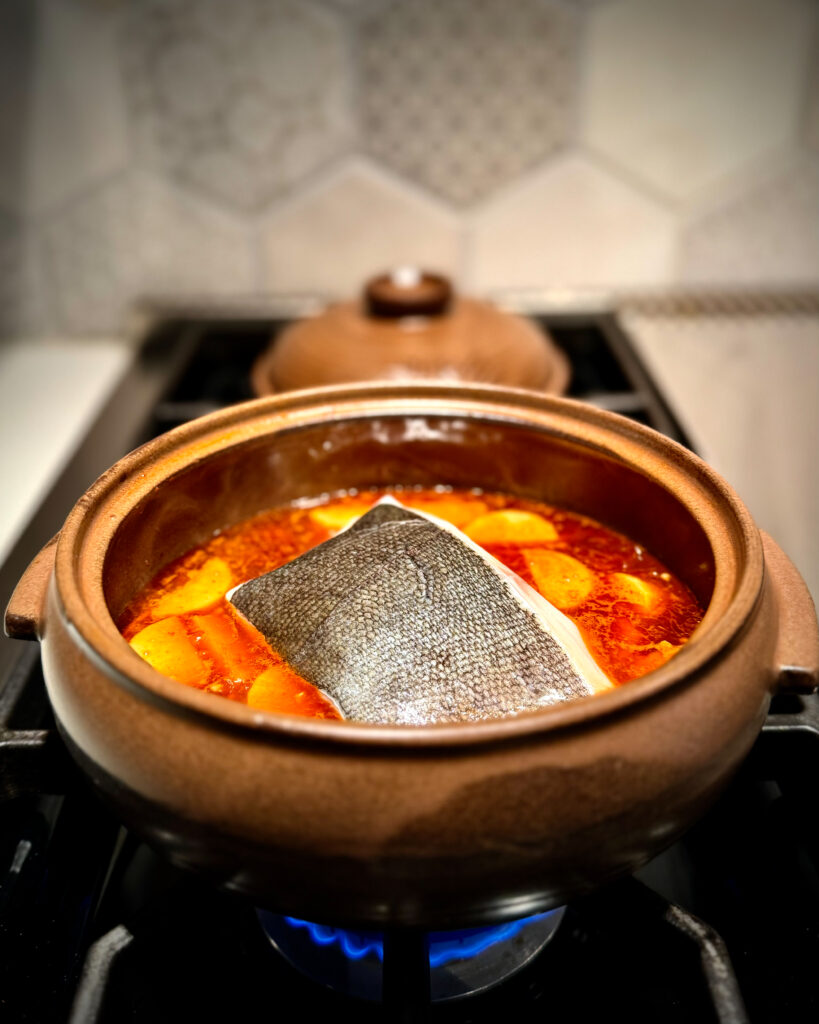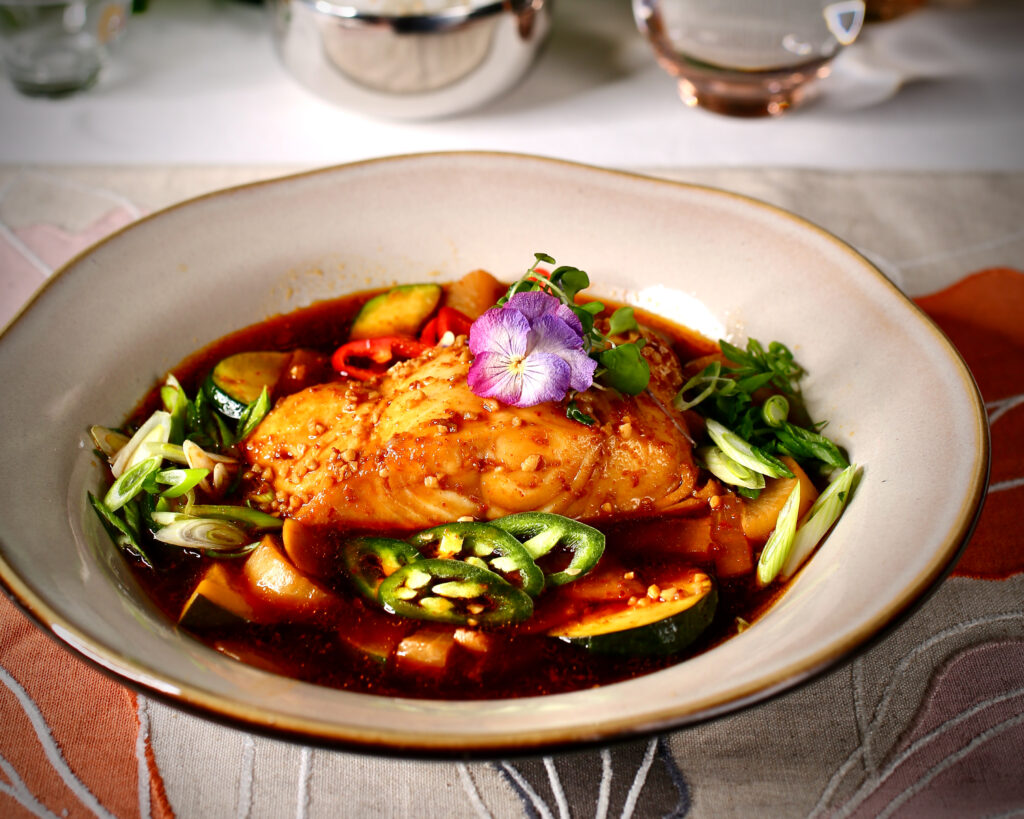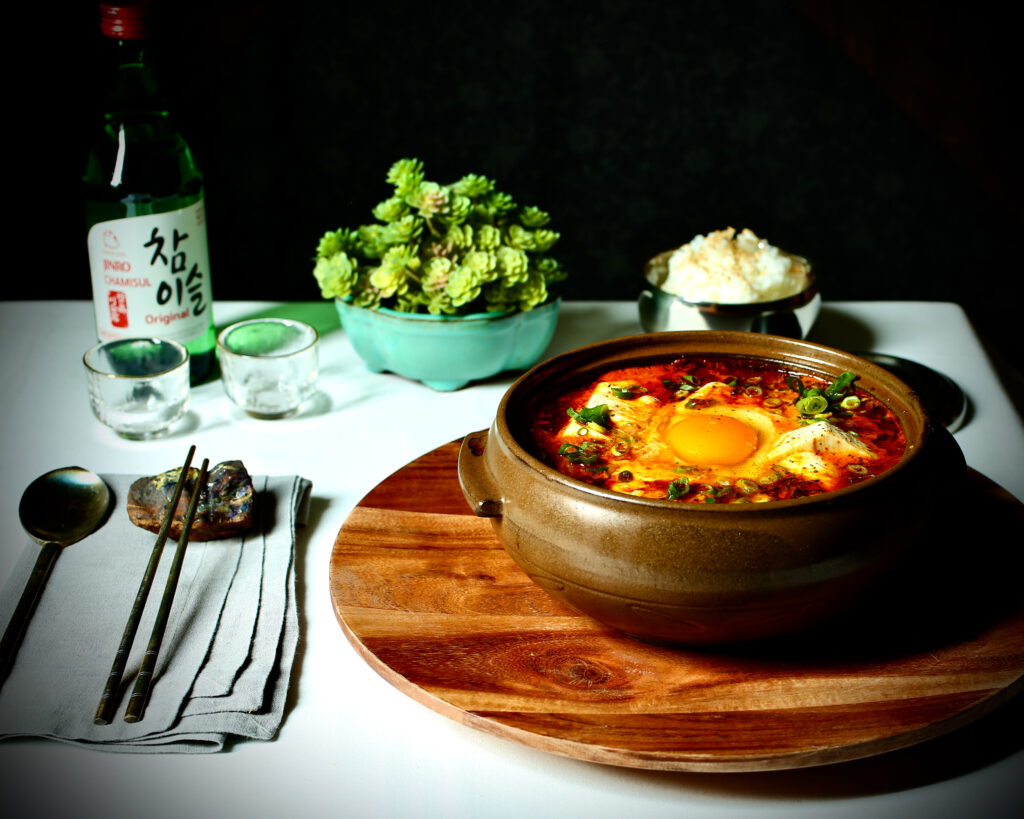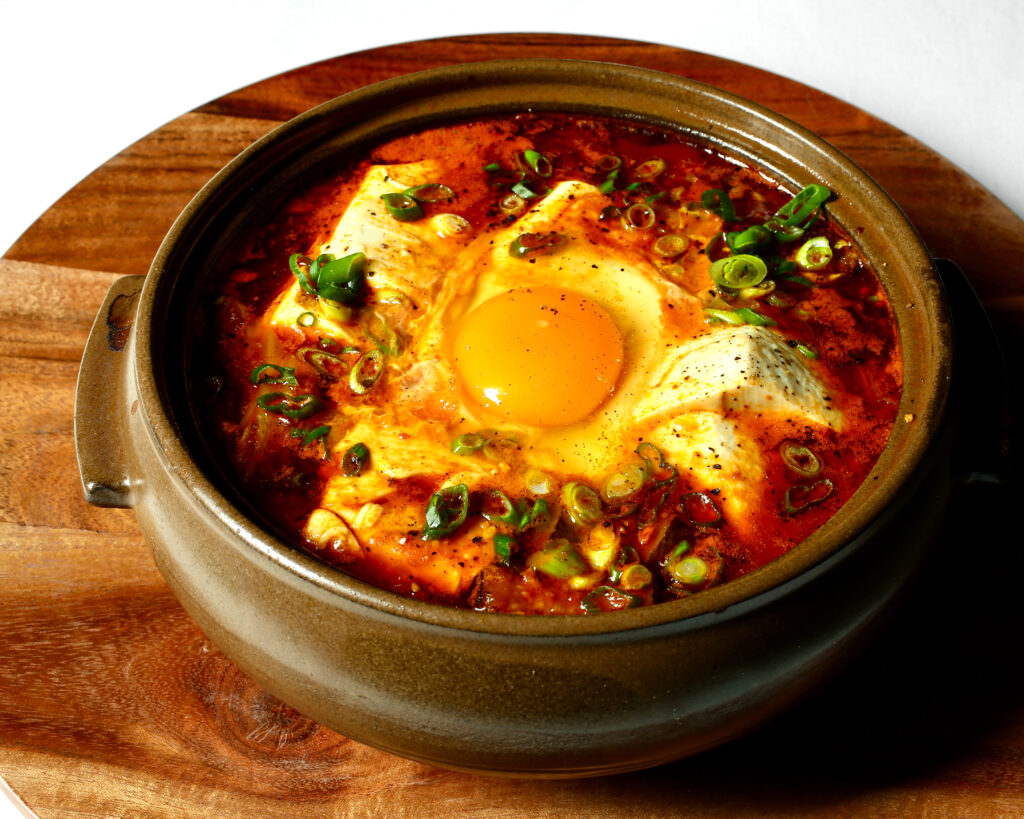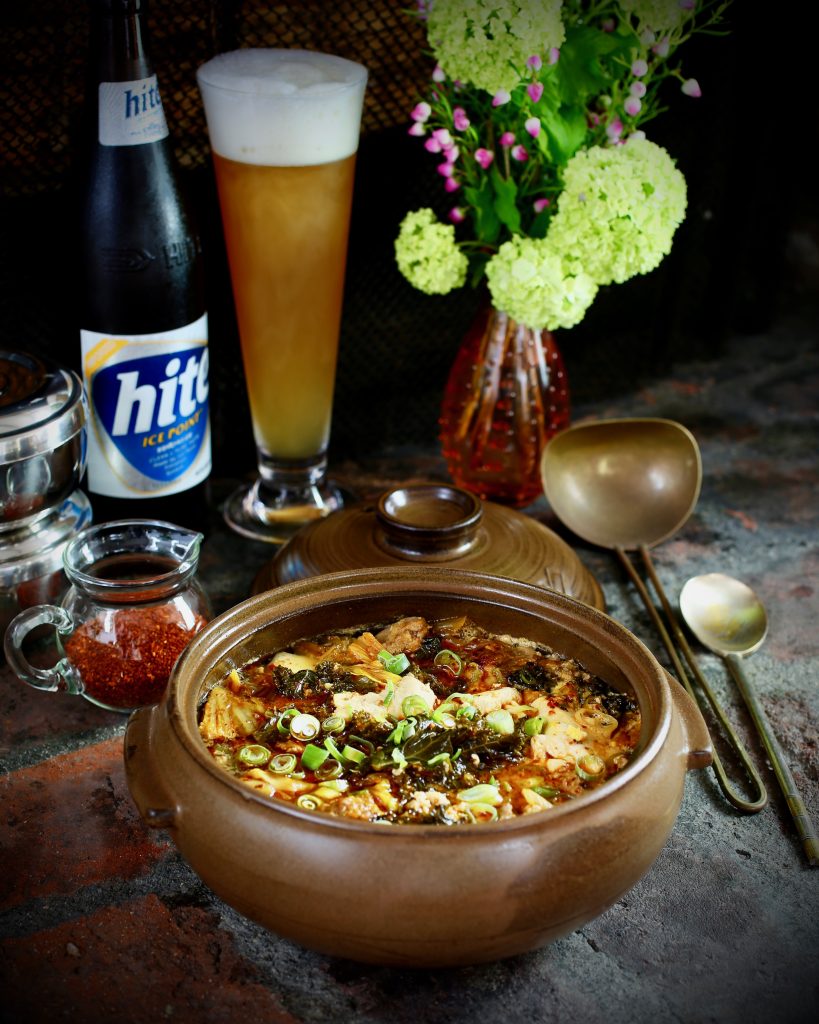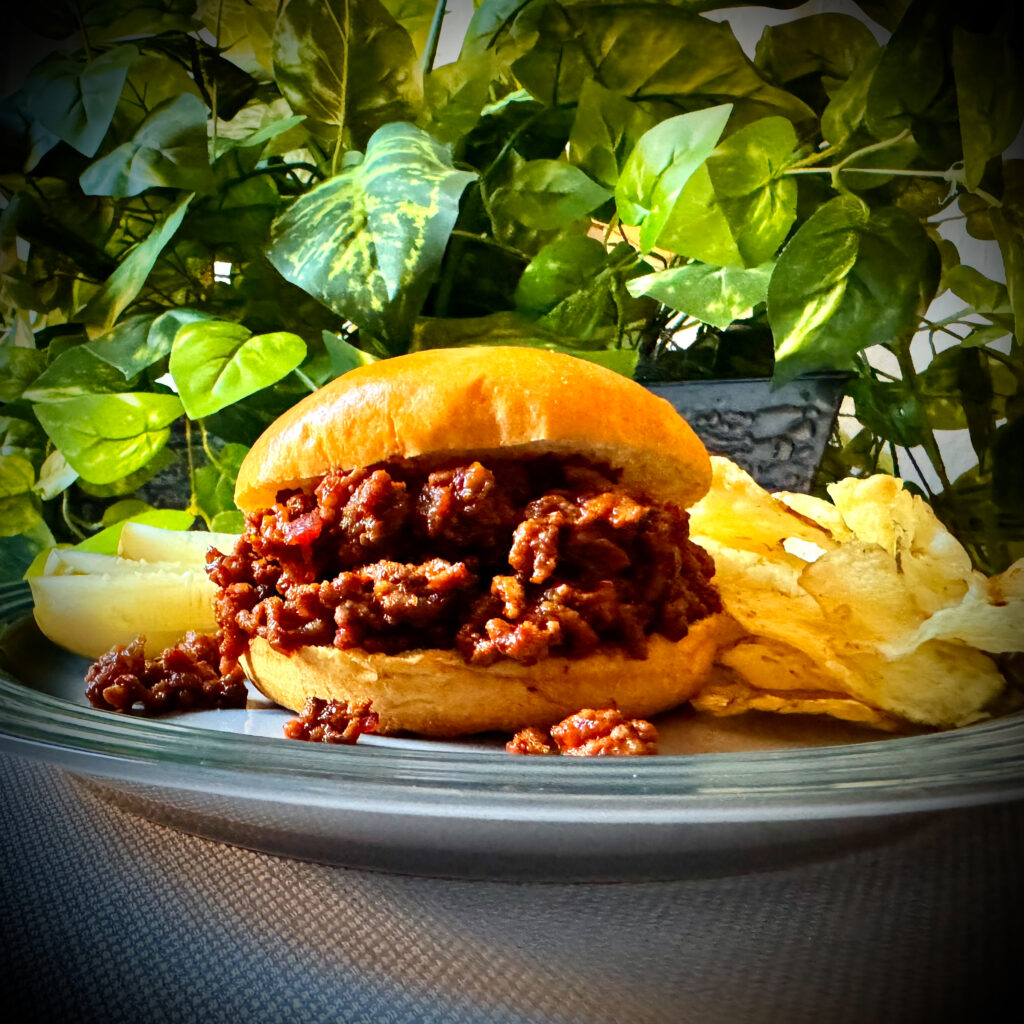
Gochujang Sloppy Joes
In the early 70s, my high school cafeteria lunch was almost always a sloppy joe sandwich with a bag of Cheetos and a cold bottle of Coke. Diet Coke hadn’t been invented yet. And there was only one type of Cheetos, Crunchy. Baked Cheetos and Flamin’ Hot Cheetos would come later.
I also remember my mother making tasty sloppy joes for dinner with three ingredients: ground beef, ketchup, and mustard. No measuring, she just added ketchup and mustard to the browned beef. Served it on hamburger buns or white bread (it was Wonder, which helped build strong bodies 12 ways). 💪
It has been decades since I’ve had (or even wanted) a sloppy joe sandwich. But after coming across several intriguing sloppy joe recipes on the internet that included gochujang, I had to try my own version.
Now these Gochujang Sloppy Joes are much spicier and more complex than old-school style. Gochujang is a Korean red chili paste with sweet heat and a fermented umami richness. It has a balanced fruitiness, slight smokiness and depth of flavor from the sun-dried Korean red peppers. Gochugaru, also made from sun-dried red peppers, is a coarse-ground chili powder. Together, they give this messy sandwich its distinctive Korean spiciness.

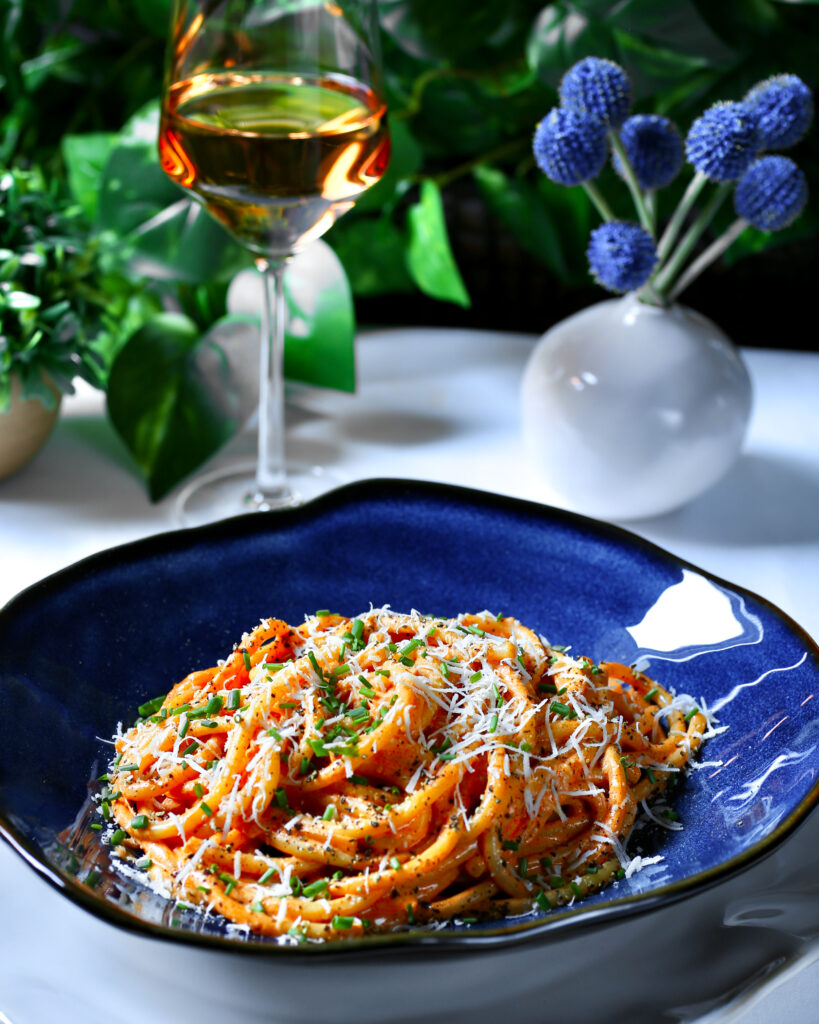
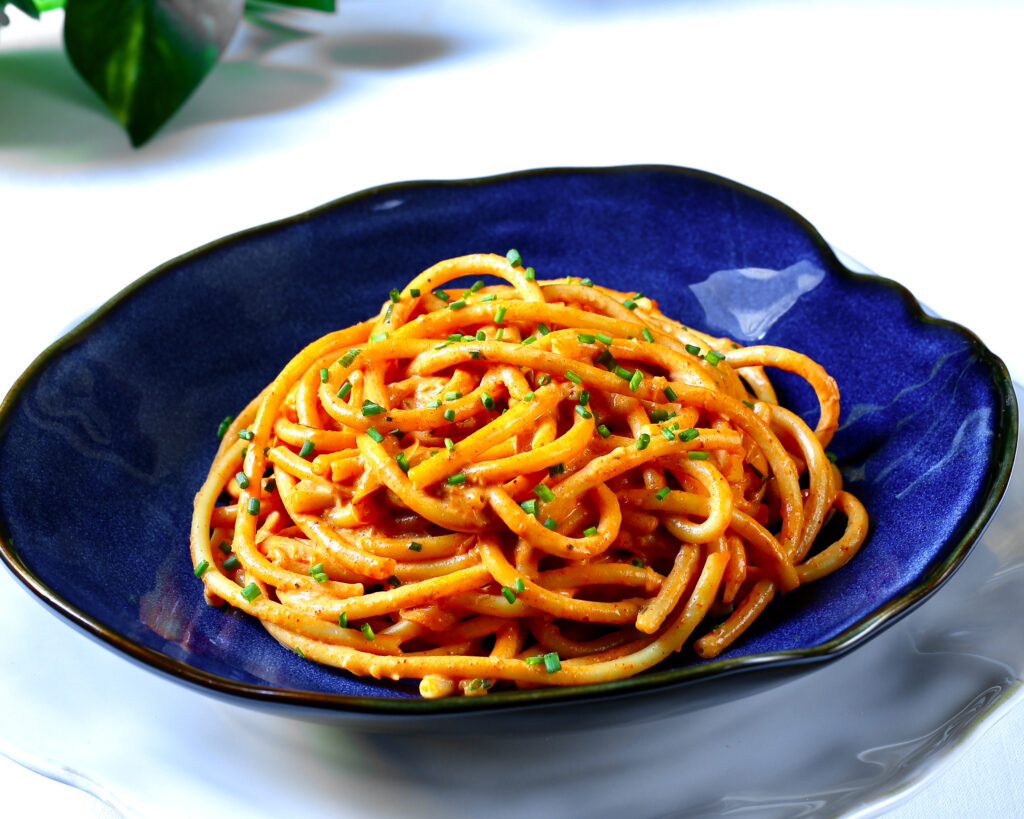
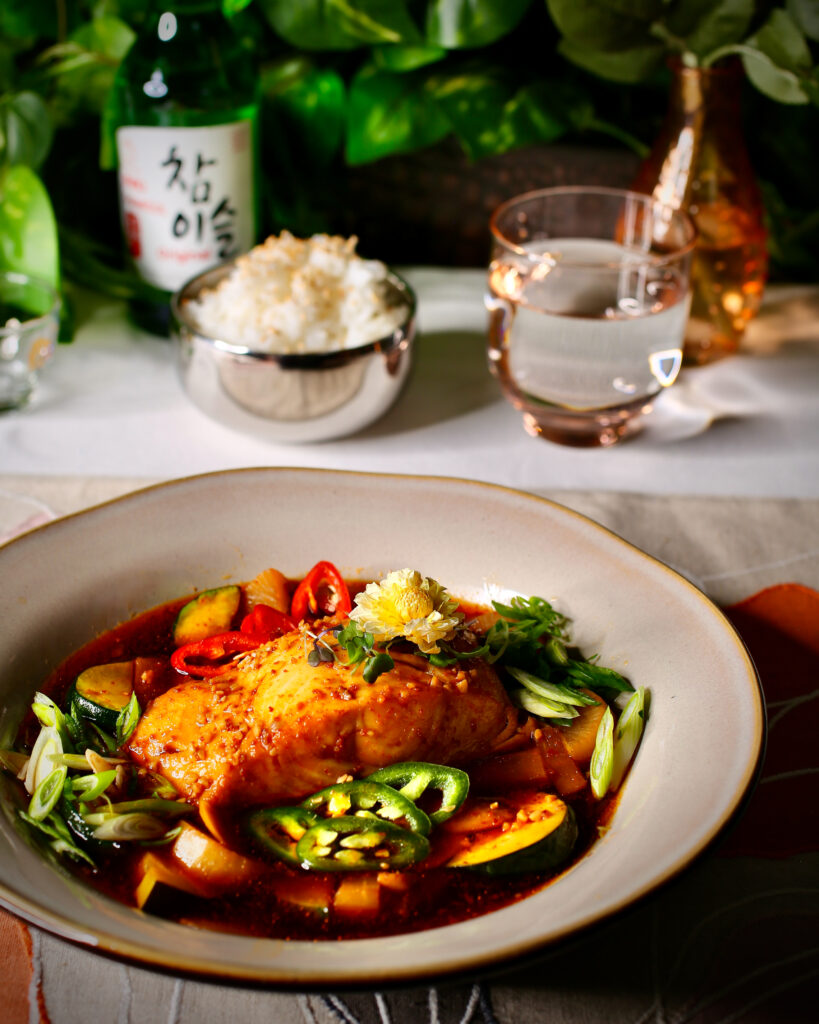 Korean Soy-Braised Black Cod
Korean Soy-Braised Black Cod